Console Makeovers
Top 10 Best Console Makeovers of All Time!
Consoles are often given makeovers to make them more cost effective or more appealing to consumers. In some instances, they are redesigned near the end of their lifespan and marketed as budget gaming systems. In other cases, new designs are introduced to prevent a system from looking too dated. It’s not uncommon for the internal workings of a console to be updated, but this list is more concerned with what’s on the outside. The various consoles on this list are ranked in accordance to how much they improved upon the original designs. A new coat of paint is always nice, but new hardware revisions should also address issues that were present in earlier iterations of the hardware. This list will include home consoles and handheld devices alike, but upgraded consoles like the Game Boy Color and the PlayStation 4 Pro will not be included.
10
Sony PlayStation 2 Slimline
2004
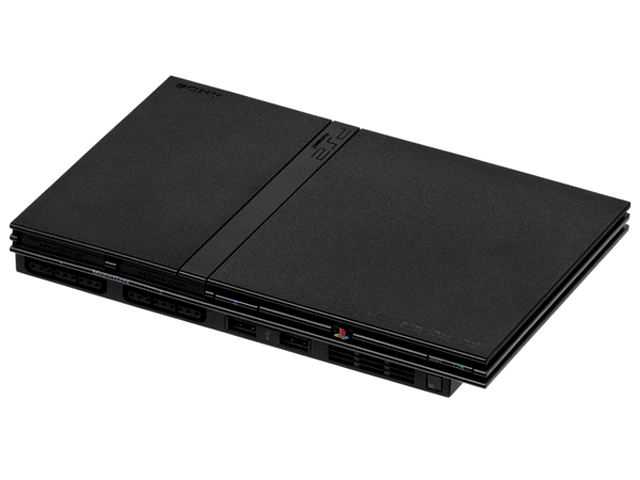
The PlayStation 2 was a sales juggernaut that easily eclipsed its competitors at the retail level, but there’s always room for improvement. The Slimline model was smaller, thinner, quieter, and altogether more reliable that its bulky predecessor. Instead of a mechanical tray, the system had a lid which had to be manually opened in order to insert games. (Less moving parts means less things to go wrong.) This hardware revision also eliminated the need for an external network adapter, as it included a built-in Ethernet port. However, in order to achieve a thinner profile for the console, Sony had to remove the expansion bay. This effectively meant that the system was not compatible with the internal hard drive peripheral required for games like Final Fantasy XI. Also, the Slimline model wasn’t compatible with older multitap accessories. At the end of the day, these setbacks were a small price to pay for a PlayStation 2 that didn’t need to be replaced every few months.
9
Xbox 360 S
2010
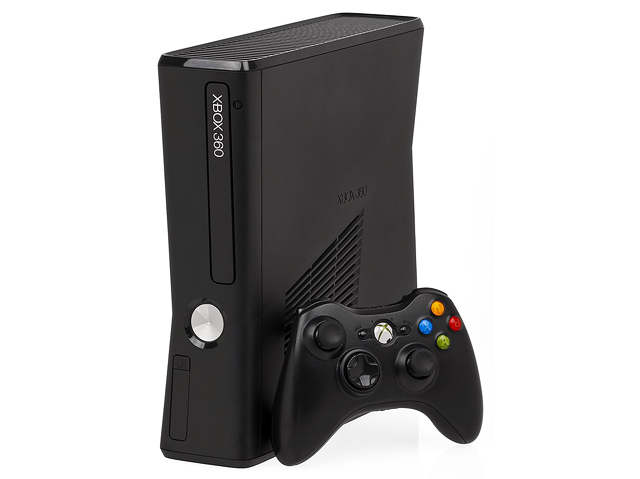
If you owned an Xbox 360, you are most likely familiar with the dreaded “Red Ring of Death.” Basically, when the system experiences a “general hardware” failure or “core digital” failure, three flashing red lights appear around the power button in lieu of the four green lights that indicate normal operation. Once the failure occurs, the console becomes unplayable and will either need to be repaired, replaced, or thrown out a window. While Microsoft has never officially commented on the exact cause of the failure, various sources have pointed to soldering, misapplied heat sinks, and a faulty GPU as possible culprits. The failure rates were way higher than industry standards, so Microsoft spent over a billion dollars on a extended warranty program to cover all RRoD-related failures for a three-year period. A more reliable motherboard was designed for the system in 2007, but it’s hard not to judge a book by its cover. The console didn’t truly escape the RRoD stigma until the Xbox 360 S (also referred to as the “Slim”) replaced the original model in 2010. It was smaller and more streamlined in appearance, and it was obviously a lot more reliable than its predecessor. It’s not certain if future Microsoft consoles will have similar hardware issues, but it’s a safe bet that they’ll never again use a red light ring as an error code.
8
Sega Genesis Model 2
1993
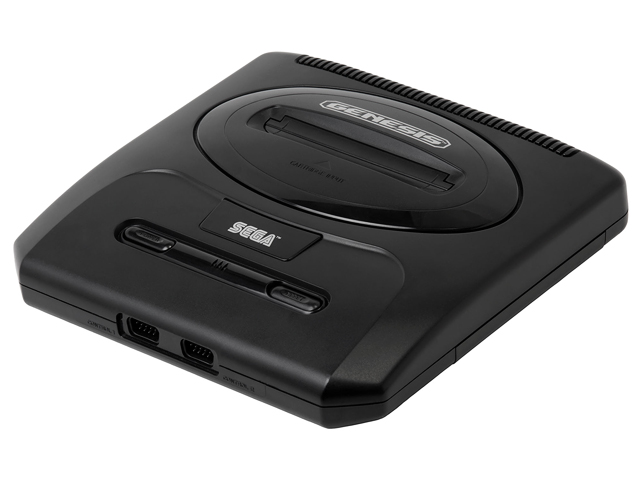
The 1993 revision of the Sega Genesis was sleeker and more compact than the original design, but the biggest difference wasn’t how the system looked. Rather, it was how the system sounded. Unlike its predecessor, the new Genesis allowed for the games to be played in stereo through AV hookups. Earlier versions of the Genesis required gamers to use the console’s headphone jack in order to hear the games in stereo. The revision saw the removal of the headphone jack and built-in volume controls altogether, but the trade-off was worth it. The redesigned Genesis also saw the removal of cheesy buzz words like “16-Bit” and “High Definition Graphics” from the casing, and the console seemed a lot classier as a result. (The new Genesis launched alongside a new Sega CD which shared the same design language.) The console got even smaller in 1998 when Majesco released the Genesis 3, but the expansion port was removed in that iteration – making it incompatible with the Sega CD, Sega 32X, and Power Base Converter.
7
PS one
2000
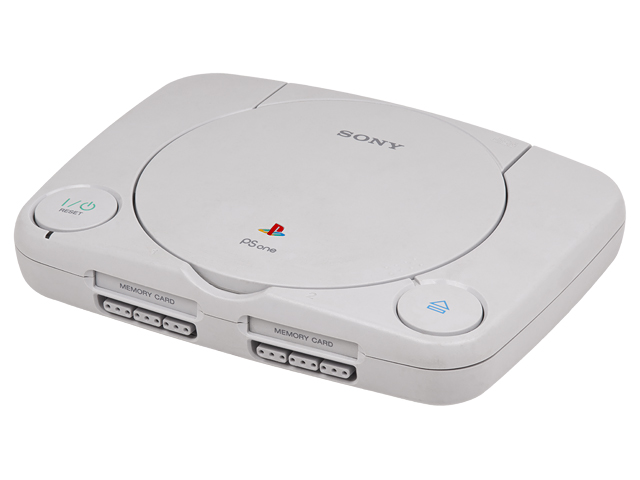
The redesigned PlayStation was smaller, more reliable, and easier on the wallet than the original model was. Despite the changes that were made both internally and externally, the overall look of the system was very similar. To accentuate how much smaller the system was, Sony released an LCD screen and a power adapter to allow people to play it in cars. Even though the PlayStation was nearly five years old when the hardware revision hit store shelves, the makeover was a huge success. The newly-designed PS one was released in the summer of 2000 and went on to outsell all other consoles (including the brand new PlayStation 2) throughout the remainder of the year. There were a few differences made to the internal layout that rendered modchip devices unusable, and the console also lacked the original PlayStation’s parallel and serial ports. However, the console could still play every PlayStation game. If nothing else, the PS one was more adorable than its older brother.
6
Game Boy micro
2005
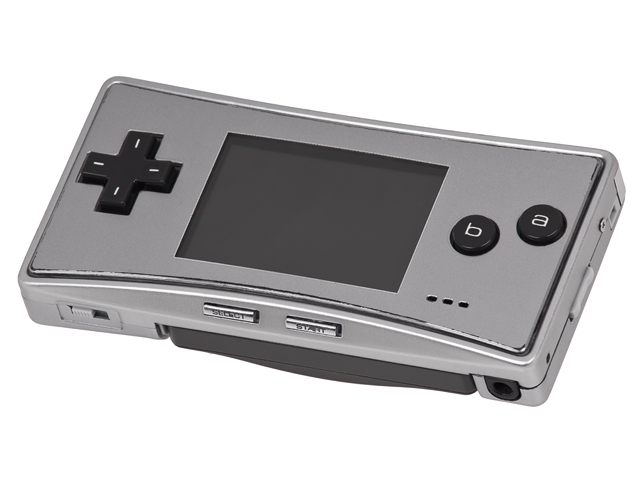
The second major revision of the Game Boy Advance is arguably the most stylish handheld ever created. Weighing in at a mere 2.8 ounces, the Game Boy micro is the smallest Game Boy ever. The dimensions of the handheld are roughly the same as an original NES controller! The screen on the Game Boy micro was also higher quality than the ones used on previous Game Boy Advance models and the brightness level was adjustable. This means that the Game Boy micro’s screen had incredible visibility despite its small size. Another one of the Game Boy micro’s main draws was interchangeable face plates that allowed users to customize the look of the system. As cool as the Game Boy micro was, it did have a few drawbacks. For instance, the system required micro-specific cables in order to link up to other Game Boy Advances. Also, the system was not compatible with the GameCube-to-Game Boy Advance cables. Most pressing of all, the Game Boy micro is not compatible with Game Boy and Game Boy Color games. Despite its setbacks, the Game Boy micro deserves a spot on this list for being one of the most portable handheld systems ever released.
5
PSP-2000
2007
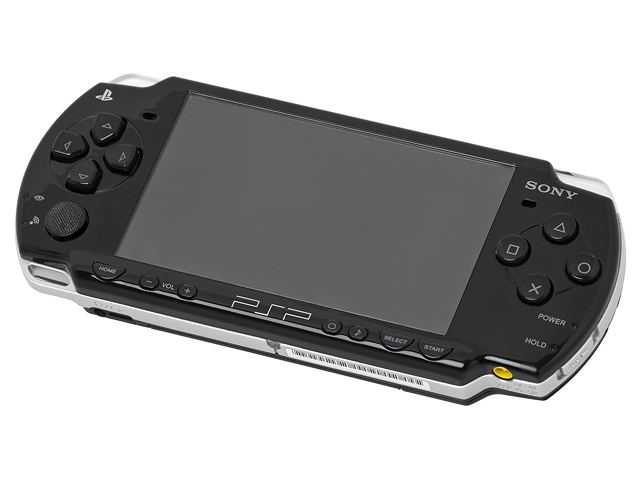
The PSP-2000 (released as the PSP Slim & Lite in PAL territories) doesn’t look radically different from its original model, but it was 33% lighter and 19% slimmer. It’s not especially unusual for consoles to be given superficial makeovers, but the PSP-2000 deserves special recognition for actually performing better than its predecessor. The screen was considerably brighter, the networking capabilities were improved, and the internal memory was doubled. These improvements helped address the issue of long loading times and also improved the performance of the web browser. In order to achieve its thinner profile, the system shipped with a smaller battery. This naturally led to reduced battery capacity, but Sony gave users the option of using older batteries if they didn’t mind the extra bulk. Another updated version of the PSP (known as the PSP-3000) was released the following year, but I’m recognizing the PSP-2000 instead of the newer revision simply because it took a bigger step forward. I’d like to see more consoles take meaningful steps forward as technology improves during the lifespan of the system.
4
Game Boy Light
1998
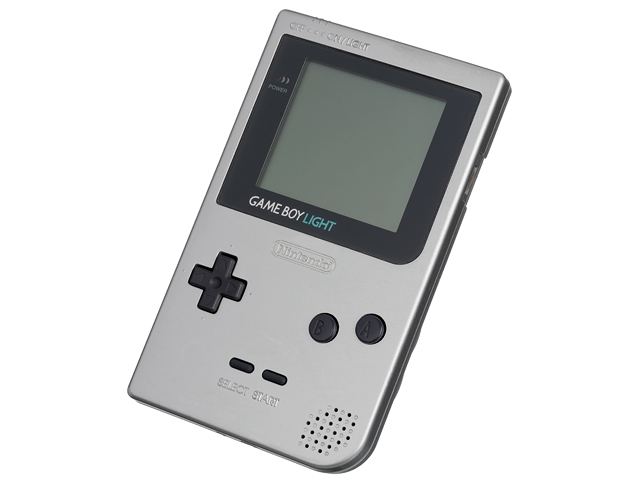
The Game Boy was released in 1989 and completely dominated the handheld market despite being technologically inferior to nearly every one of its competitors. Not only was its CPU under-powered, but its mono-chromatic screen was susceptible to blurring and was very hard to see in certain conditions. The Game Boy Pocket helped alleviate this problem in 1996. Although the Game Boy Pocket was considerably smaller than the original Game Boy, its screen was actually larger. Better yet, the screen was changed to a true black-and-white display in lieu of the infamous “pea soup” tint the original system was known for. A larger, backlit variant of the Game Boy Pocket (appropriately named the Game Boy Light) was released in 1998. It was only available in Japan, but this wasn’t too big of an issue since Game Boy games are region-free. Without question, the Game Boy Light is the most practical revision of the original Game Boy hardware. The Game Boy Color and Game Boy Advance were both released without backlit screens, and this made the Game Boy Light seem even more special by comparison. We wouldn’t see another Nintendo handheld with an independently lit screen until the Game Boy Advance SP was released in 2003!
3
NES-101
1993
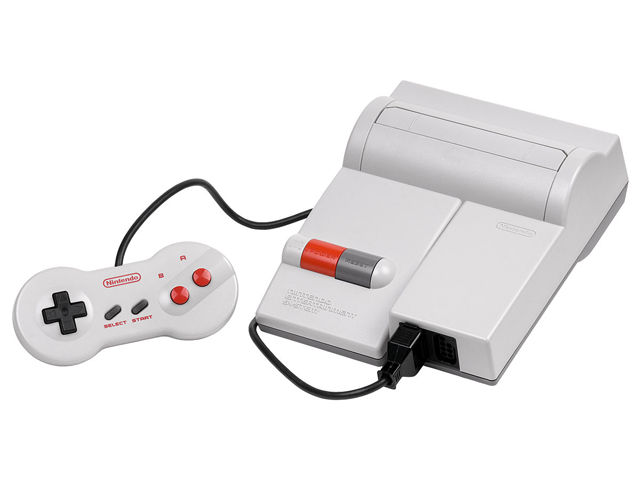
The Nintendo Entertainment System was the most successful console of its era and played a key role in keeping the industry alive. The only thing that could have made the console better would be if it actually worked! The NES used a front-loading “zero insertion force” mechanism that was intended to alleviate problems caused by the insertion and extraction of game cartridges. However, in practice, this design caused game cartridges to bend the contact pins slightly upon insertion. This ultimately caused complications with the system’s aggressive lockout chip. To get the system to boot properly, NES owners frequently resorted to guerrilla tactics like blowing on the cartridges or shifting them from side to side after insertion. Nintendo recognized the scope of the problems and “Authorized Repair Centers” sprang up across the United States, but the issues wouldn’t be fully addressed until the NES-101 was released in 1993. (I guess it’s never too late to fix a mistake.) The NES-101 had a top-loading design that eliminated both the “zero insertion force” mechanism and the lockout chip. Unfortunately, Nintendo eliminated the RCA composite video output jacks too, so players were stuck with the RF Switch. The original model actually produced a clearer picture, but it was nice to finally be able to play NES games without having to rely on luck. The fact that the NES-101 included a pair of redesigned ergonomic controllers was the icing on the cake.
2
Nintendo DS Lite
2006
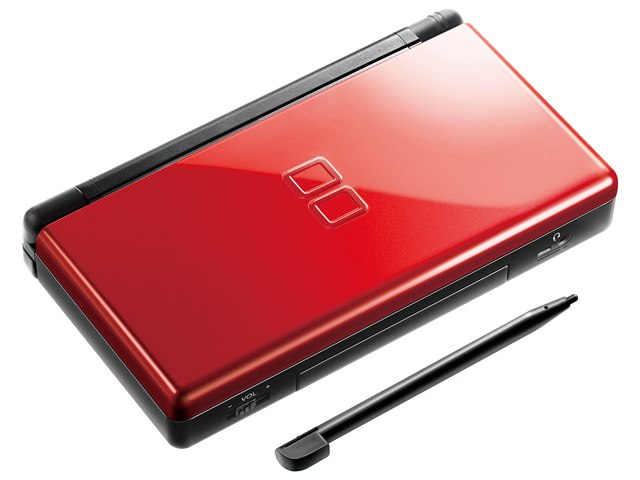
The DS Lite is a little slimmer than its predecessor and weighs about 20% less. The system also boasts a brighter screen and extended battery life. Obviously, the biggest difference between the revisions is in the design language. The original DS looked like a child’s plaything, but the DS Lite looked more like something Apple would design. The system’s library is known for its diversity, and the system itself seems to fit with nearly any style as well. Dozens of color schemes were available for the DS Lite, and several limited edition versions were released to help promote certain games. While there aren’t an abundance of differences between the DS and the DS Lite with respect to functionality or reliability, the makeover helped the console appeal to an even broader commercial audience. The DS sold 10 million units within a couple of years, but the DS Lite was already approaching the 50 million mark within the same amount of time. The sleek design of the DS Lite made the console more appealing to groups that would normally not be interested in gaming. It’s arguably the best-looking piece of hardware Nintendo has ever released.
1
Game Boy Advance SP
2003
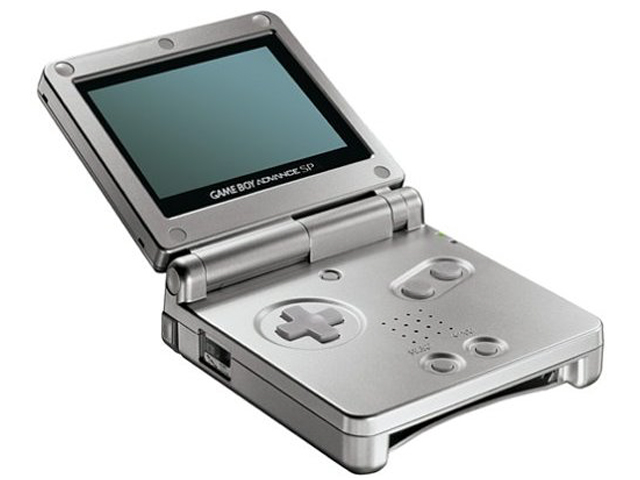
With its 32-bit processor, an impressive library, and backward compatibility with Game Boy games, the Game Boy Advance was an instant success when it was released in 2001. From a technological standpoint, the handheld was vastly superior to previous Game Boy incarnations. The system was not perfect, however. The biggest flaw was that its LCD screen did not have a built-in light. Playing the console in environments with less-than-ideal lighting conditions was virtually impossible unless gamers purchased a third-party light peripheral or had the system modified by an aftermarket company. Nintendo would address these concerns with the 2003 release of the Game Boy Advance SP. The SP was introduced with an internal front-light that could be turned on or off, and a backlit version was later released. This made the system a lot more practical and eliminated the need for an external light source. The SP was also notable for a “clamshell design” which helped protect the screen from scratches and increased portability (when folded up, the SP was roughly half as large as the original Game Boy Advance). The SP also eliminated the need for players to stockpile AA batteries, as it contained a rechargeable lithium-ion battery. The SP directly addressed several of the biggest issues with the original Game Boy Advance design. It’s unfortunate that the headphone jack was removed on the SP, but I guess you can’t ask for everything.

Do you agree with this list? Let us know what you think by leaving a comment below. Your opinion matters!